Menu
As fall nears, property owners need to understand why leaves change color. Chlorophyll, a green pigment found in algae, plants, and cyanobacteria, plays an essential role in photosynthesis, allowing plants to absorb energy from light. However, temperatures in the fall break down chlorophyll, causing color changes in foliage. At the Driscoll Tree Service, we have seasoned arborists ready to help you understand why various colors characterize fall.
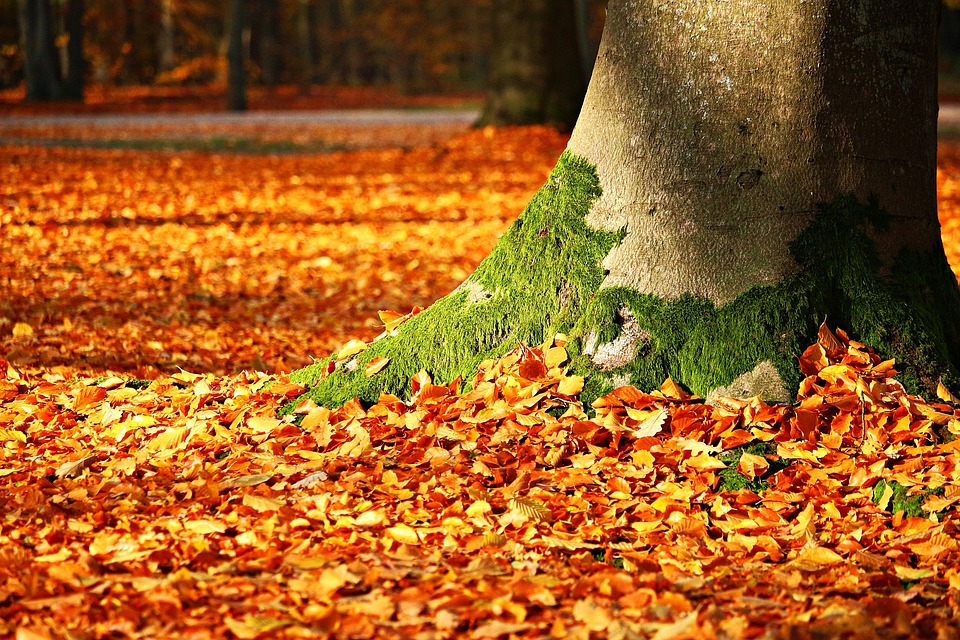

Chlorophyll, or the “green pigment,” is the lifeblood of plants. It causes the green coloration of leaves throughout the spring and summer months. The primary function of this green pigment is to capture light energy and convert it into chemical energy through photosynthesis, enabling plants to produce their food. During this process, carbon dioxide and water are transformed into glucose and oxygen, benefiting the plant and the environment.
As summer ends and temperatures change in the fall, the chlorophyll in the leaves breaks down. Several factors, including decreasing daylight hours and cooler temperatures, contribute to this breakdown. These environmental cues trigger a series of biological processes within the plant, leading to the gradual disintegration of chlorophyll molecules. If you don’t notice any changes in foliage colors in the fall, consult a dependable tree care company to inspect, detect, and diagnose the problem.
The transformation of leaves from vibrant green to a rich tapestry of red, orange, and yellow hues is a spectacle of nature. Let’s explore the science behind each of these distinct fall colors:
Green is the default color of most leaves during the growing season, mainly because of the dominance of chlorophyll. As long as chlorophyll is active, it masks other pigments in the leaves, resulting in a familiar green appearance. However, as the days grow shorter and temperatures drop, chlorophyll production decreases, allowing other pigments to shine through. As mentioned, it is normal to notice color changes in foliage but consult a tree service expert if your tree remains green in the fall.
The vibrant red hues seen on autumn leaves result from anthocyanin pigments. Anthocyanins are produced in response to various environmental factors, including sunlight and temperature fluctuations. When the days become shorter and cooler in the fall, anthocyanin production increases. These pigments cause the brilliant crimson and scarlet colors in trees like maple and dogwood. If your trees have red leaves in the summer, hire a tree care company to determine the cause and recommend a viable solution.
Orange leaves owe their shade to a combination of anthocyanin and carotenoid pigments. Carotenoids are present in the leaf throughout the year but become more apparent as the chlorophyll fades. Carotenoids produce orange and yellow colors, and their presence is particularly pronounced in the leaves of deciduous trees like oak and hickory. However, orange hues in other seasons besides fall can show an underlying problem, prompting an inspection by certified arborists.
Yellow leaves are primarily the result of carotenoid pigments. Carotenoids are always present in leaves, but the green chlorophyll masks them during the growing season. As chlorophyll breaks down in the fall, the yellow shade becomes more pronounced, leading to the brilliant gold and yellow shades in trees such as birch and aspen. If trees in your yard have yellow leaves before the fall, consult a reliable tree service expert to diagnose the problem. The last thing you want is severe damage or infection, causing premature tree removal.
The phenomenon of leaves changing color in the fall is a reminder of the intricate processes at play in the natural world. Chlorophyll’s role in photosynthesis is fundamental to the life of plants, but as the seasons transition, the breakdown of chlorophyll unveils a brilliant display of red, orange, and yellow pigments. Contact us at the Driscoll Tree Service and learn more about your trees from the experts. We offer various services, including pruning, trimming, and tree removal, at competitive rates.
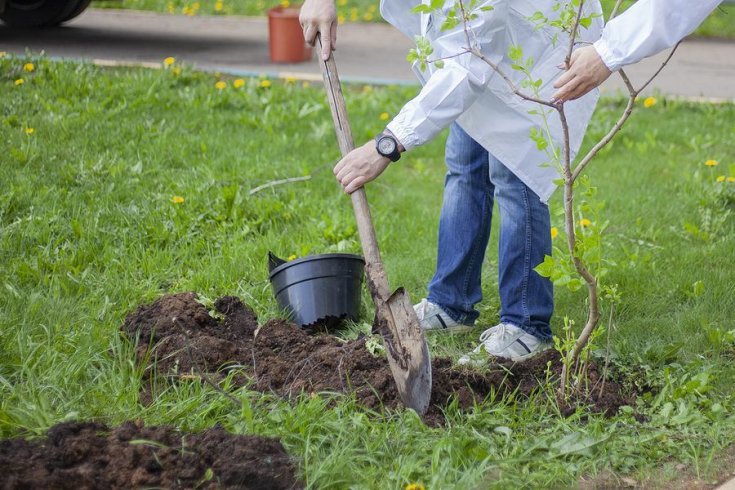
Best Trees to Plant for Shade A good shade tree is a must if you live in an area where the temperatures tend to rise in the spring and summer. Choosing the right trees can not only offer a cool…
Read More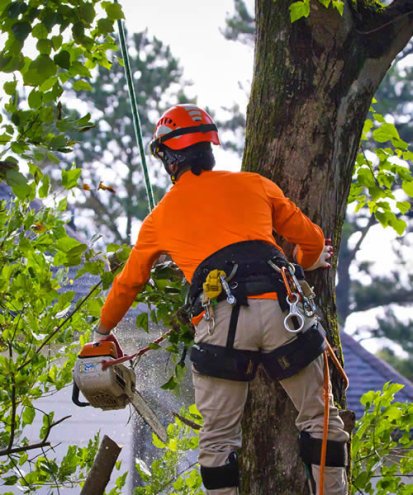
Tree Trimming Safety Tips Tree trimming is a vital aspect of landscaping and garden maintenance that helps keep trees healthy and aesthetically pleasing. However, it can also be hazardous if not done correctly, causing severe damage and premature tree removal.…
Read More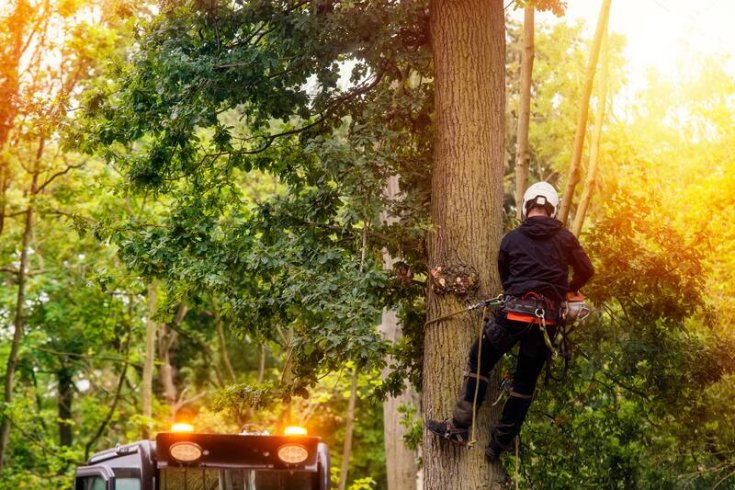
What Can Go Wrong With Untrained Tree Removal If you’ve ever stood in your yard and looked up at a big and diseased or aging tree, then you know the mix of feelings it can stir. On one hand, that…
Read More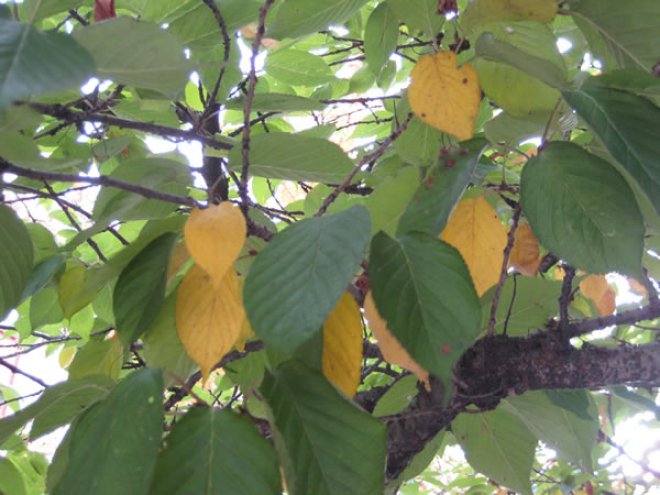
5 Signs of Tree Problems Trees are an important part of our lives; one we can’t live without. This is why it’s crucial to take care of our environment. Sometimes you can tell when a tree is ill or dying…
Read More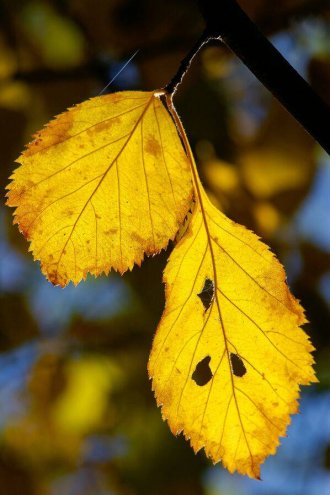
Yellow Leaves in Summer The sight of trees adorned with vibrant shades of red, orange, and yellow during fall is a natural spectacle that always captivates. However, when those same trees display yellow leaves in the summer, it may be…
Read More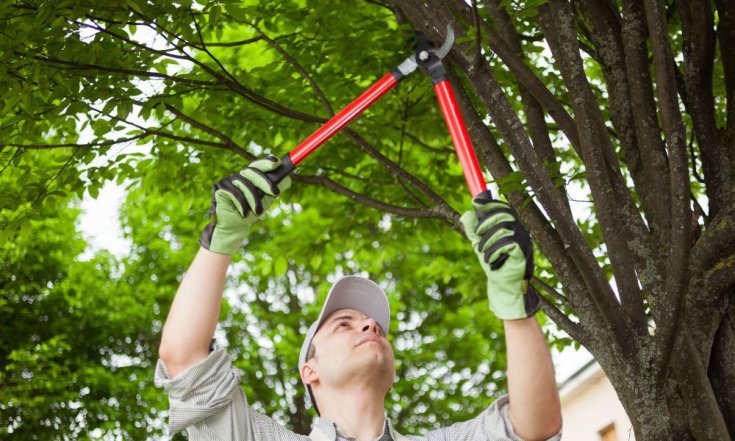
Tree Maintenance Issues Homeowners Neglect Trees add beauty to any landscape and provide many benefits like air purification, shade, and curb appeal. While these magnificent entities may seem sturdy and durable, proper care is vital to maintain good health and…
Read More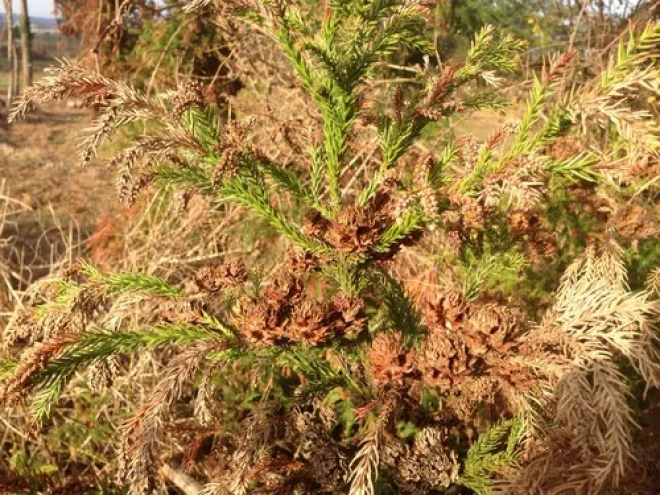
How to Fix Evergreen Trees Turning Brown Evergreen trees are known for their lush foliage that remains vibrant throughout the year, providing beauty and stability to our landscapes. However, when those green needles or leaves turn brown, it’s often a…
Read More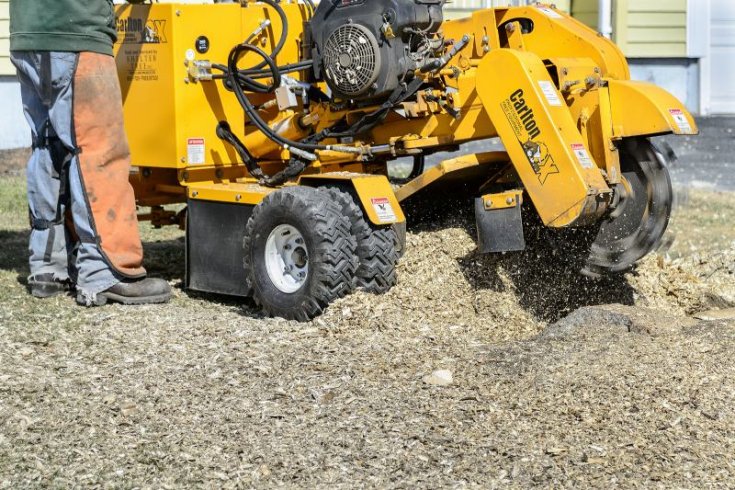
Should I Get Tree Stump Removed or Grinded? No one likes to have tree stumps jutting out of the ground. These are not only eyesores. They are trip hazards and can attract pests and diseases. If you want to get…
Read More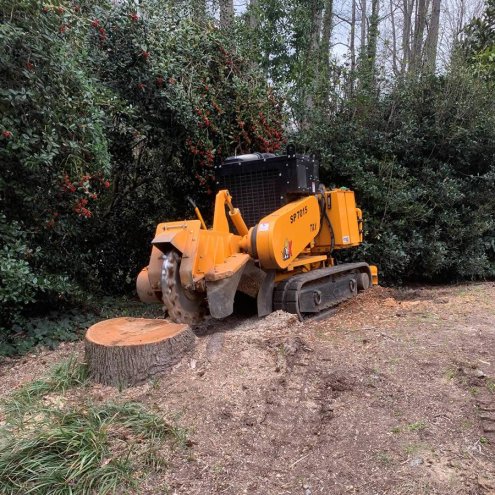
Why Stump Grinding Is an Important Part of Tree Removal We hate to see a tree go. Most homeowners do. After all, trees offer shade, privacy, and character to a yard; some even give us delicious fruit. So, taking one…
Read More
Why Topping is Harmful for Trees Tree topping is often regarded as a controversial practice in arboriculture. This haphazard tree trimming exercise often causes severe disfigurement, compromising the overall aesthetics of your landscape. While tree topping offers a quick solution…
Read More